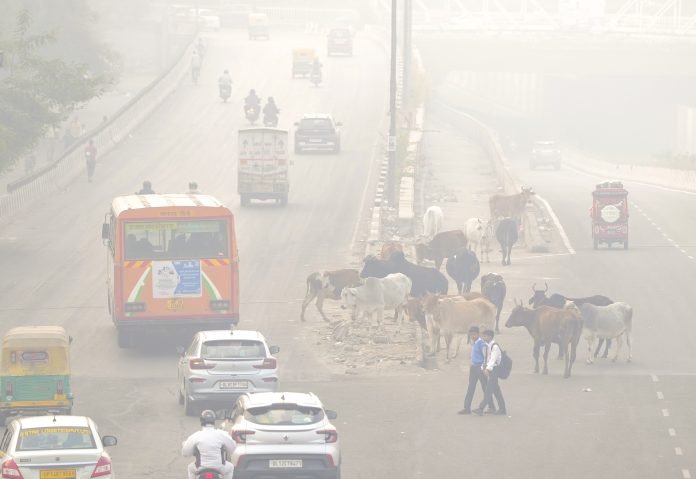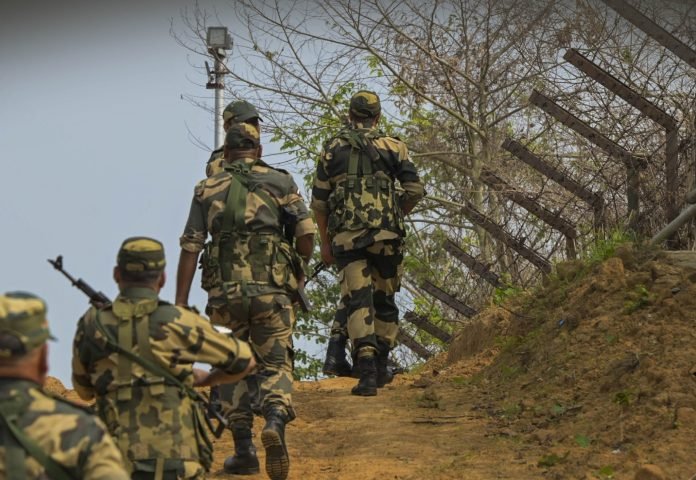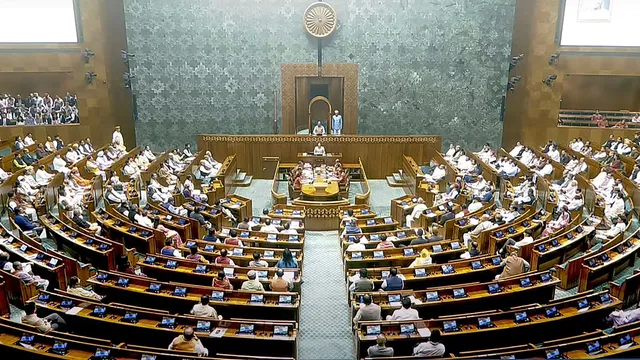Delhi continues to choke under ‘very poor’ air quality as the Air Quality Index (AQI) soared to 360 on Saturday morning, according to the Central Pollution Control Board (CPCB). Residents face hazardous conditions with no respite in sight.
The CPCB classifies an AQI of 0–50 as good, 51–100 as satisfactory, 101–200 as moderate, 201–300 as poor, 301–400 as very poor, and values above 400 as severe. The alarming readings indicate a dire situation for public health.
Health advisors recommend limiting outdoor activities, particularly for vulnerable groups such as children and the elderly. Expert Dr. Rekha Sharma noted, “Exposure to such high levels of pollution can lead to severe respiratory issues. It’s essential for residents to take protective measures.”
In contrast to the toxic air, the India Meteorological Department (IMD) reported a minimum temperature of 11.8°C this morning. Residents can expect fog throughout the day, with a projected maximum temperature of 28.2°C.
The high relative humidity, recorded at 100 percent at 8:30 a.m., contributes to the persistently poor visibility and exacerbates pollution levels. Meteorologists indicate that such weather conditions often trap pollutants close to the ground, worsening the health crisis.
Officials urge citizens to stay updated on air quality levels and to wear masks if venturing outdoors. Delhi’s air quality crisis ties into broader environmental issues as the region grapples with increasing pollution levels year after year.
This situation raises urgent calls to action for improved air quality regulations and sustainable practices within the city. As Delhiites brace themselves for another day of adverse health effects due to poor air quality, city officials must address the root causes of pollution to curb this growing epidemic.



